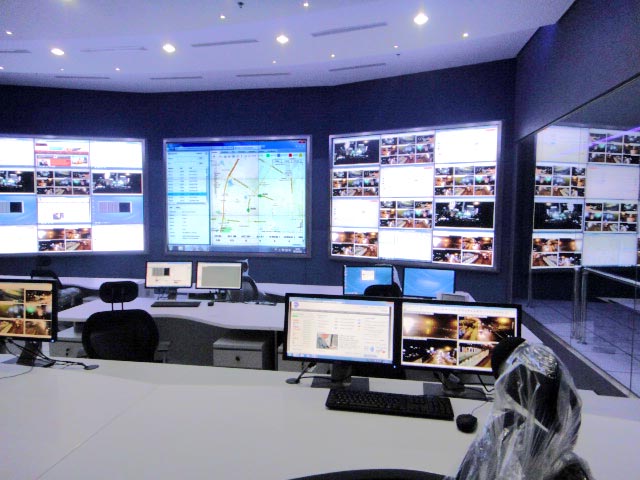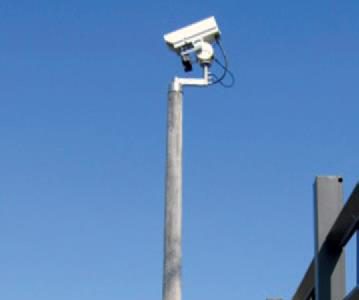


Security Analyst (Tier Two) – In charge of investigating and responding to incidents, then executing response and recovery processes to remediate incidents’ impact.Security Analyst (Tier One) – Responsible for vulnerabilities monitoring, triaging identified incidents, and escalating those that warrant it.The common roles and responsibilities for a SOC team are: The roles of SOC personnel typically break into tiers according to their involvement in an incident’s timeline and severity.

SOCs typically utilize security information and event management (SIEM) systems and intrusion detection and prevention systems (IDPS) to monitor and respond to incidents.ĭownload Our Comprehensive Guide to NIST Implementation “A SOC is a combination of people, processes, and technology protecting the information systems of an organization through: proactive design and configuration, ongoing monitoring of system state, detection of unintended actions or undesirable state, and minimizing damage from unwanted effects.” Rather, it’s a synthesis of operations, technologies, and best practices that work in conjunction to form a comprehensive cybersecurity strategy.Īccording to the SANS (SysAdmin, Audit, Network, and Security) Institute: As such, the CSF also provides the perfect checklist for auditing your organization’s adherence to the NIST security operations center best practices.Ĭontrary to what the name may suggest, a security operation center (SOC) is not merely a control room where cybersecurity professionals monitor a company’s IT infrastructure.

These five elements include identification, protection, detection, response, and recovery. The National Institute of Standards and Technology’s (NIST) Cybersecurity Framework (CSF) outlines the five elements of an organization’s cybersecurity strategy.


 0 kommentar(er)
0 kommentar(er)
